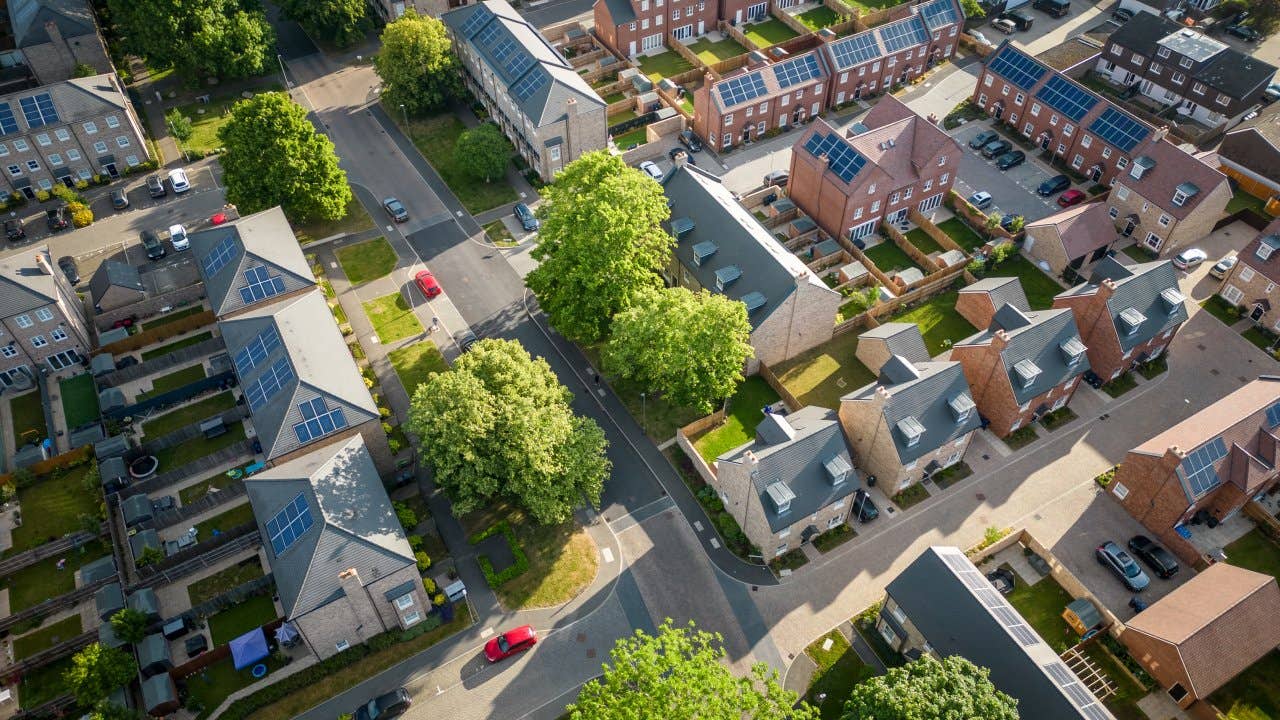Largest mortgage lenders raise jumbo loan cutoff ahead of new 2024 limits

The Bankrate promise
At Bankrate we strive to help you make smarter financial decisions. While we adhere to strict , this post may contain references to products from our partners. Here's an explanation for .
The new threshold for jumbo loans won’t officially flirt with $750,000 until January, but the nation’s largest mortgage lenders are boosting their limit for conforming loans in advance of the Federal Housing Finance Agency’s official announcement this fall.
A new limit of $750,000
Rocket Mortgage and United Wholesale Mortgage have upped their mortgage limit to $750,000 for the continental U.S. and to $1.125 million for Alaska and Hawaii.
A bit of background: Mortgage giants Fannie Mae and Freddie Mac buy most of the residential mortgages issued in the U.S. The upper limit on the amounts of those loans is set once a year by their federal overseer, the Federal Housing Finance Agency (FHFA).
For 2023, the so-called conforming loan limit is $726,200 in most parts of the country. In high-cost areas such as coastal California and New York City, the cap is $1,089,300. Borrow more than that, and you’ll need a jumbo loan, a type of mortgage that can carry more onerous qualifying criteria than conventional loans.
FHFA is scheduled to announce the new limits for 2024 in late November. The number will be based on the agency’s quarterly home price indices for the year. The lenders who are boosting loan limits now use the higher amounts as a way to attract borrowers, who could lock in loans now and close towards the end of the year and into next.
Most residential mortgages in the U.S. are packaged as mortgage-backed securities and sold to investors. For the new loans above the conforming loan limits, Rocket will simply hang onto the larger loans until early 2024, then sell them.
Which type of loan is a better deal?
Conventional loans normally carry better rates than jumbo loans, but that pattern has shifted. The average rate on a conventional 30-year loan was 7.55 percent as of Sept. 26, compared to just 7.41 percent for jumbo mortgages, according to Bankrate’s weekly survey of lenders.
However, the rate alone isn’t the only factor borrowers should consider. Banks often hold jumbo loans in their portfolios, and they tend to be picky about borrowers’ qualifications.
“Borrowers may be able to get better jumbo rates, if they can qualify,” says Jeff Lazerson of MortgageGrader in Laguna Niguel, California.
That’s a big if. Jumbo lenders typically require borrowers to have a debt-to-income (DTI) ratio of at least 43 percent, compared to a 49.9 percent limit for agency loans. Jumbo lenders also have stricter requirements around credit scores and loan-to-value (LTV) ratios. They typically require 20 percent down, compared to as little as 3 percent to 5 percent for conventional mortgages.
Related Articles



